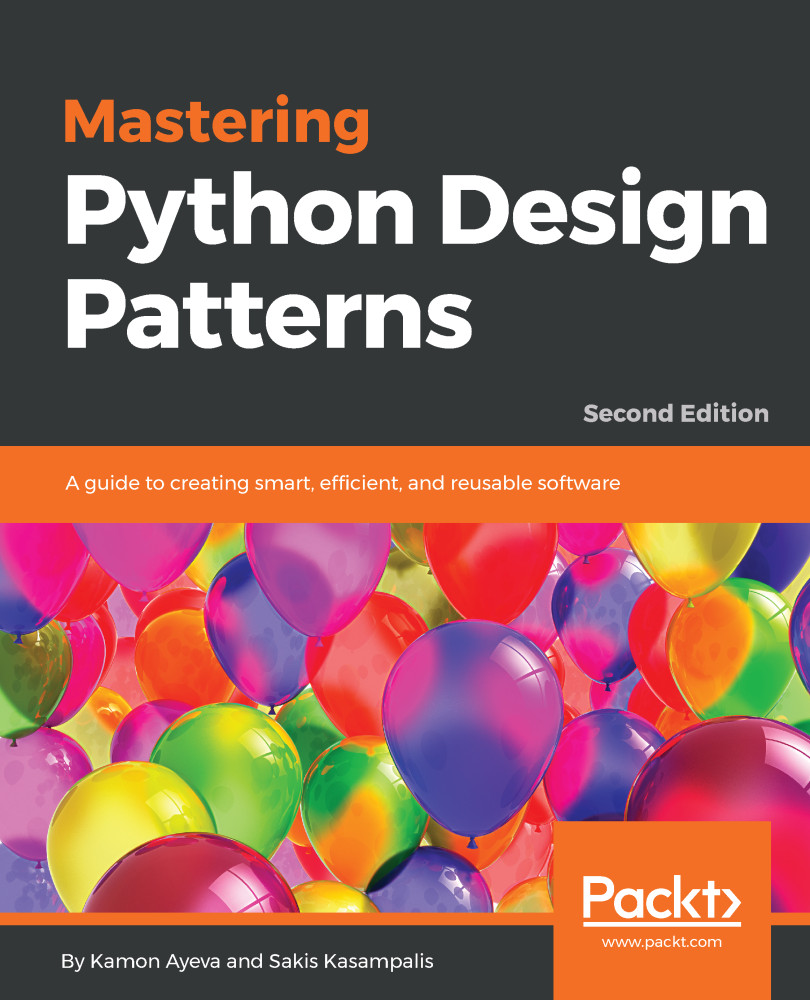A key ingredient in writing good code is avoiding redundancy. In object-oriented programming (OOP), methods and functions are important tools that we can use to avoid writing redundant code.
Remember the sorted() example we saw when discussing the Strategy pattern. The sorted() function is generic enough that it can be used to sort more than one data structure (lists, tuples, and named tuples) using arbitrary keys. That's the definition of a good function.
Functions such as sorted() demonstrate the ideal case. In reality, we cannot always write one-hundred-percent generic code.
In the process of writing code that handles algorithms in the real world, we often end up writing redundant code. That's the problem solved by the Template design pattern. This pattern focuses on eliminating code redundancy. The idea is that we should be able to redefine certain...


